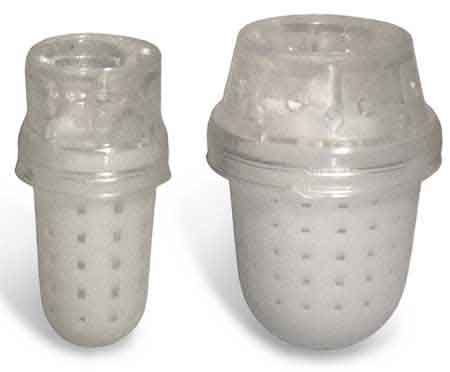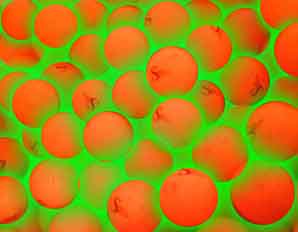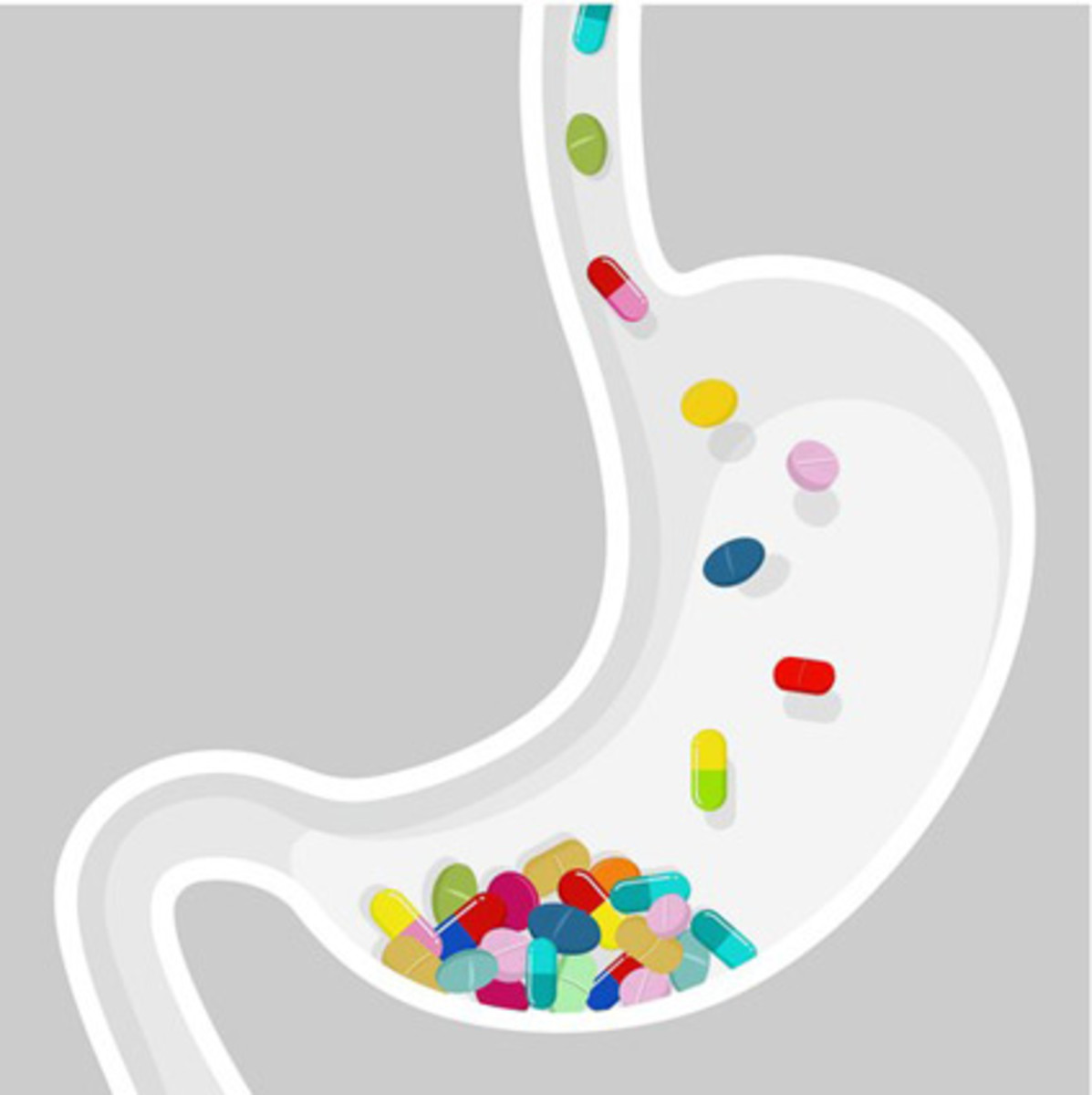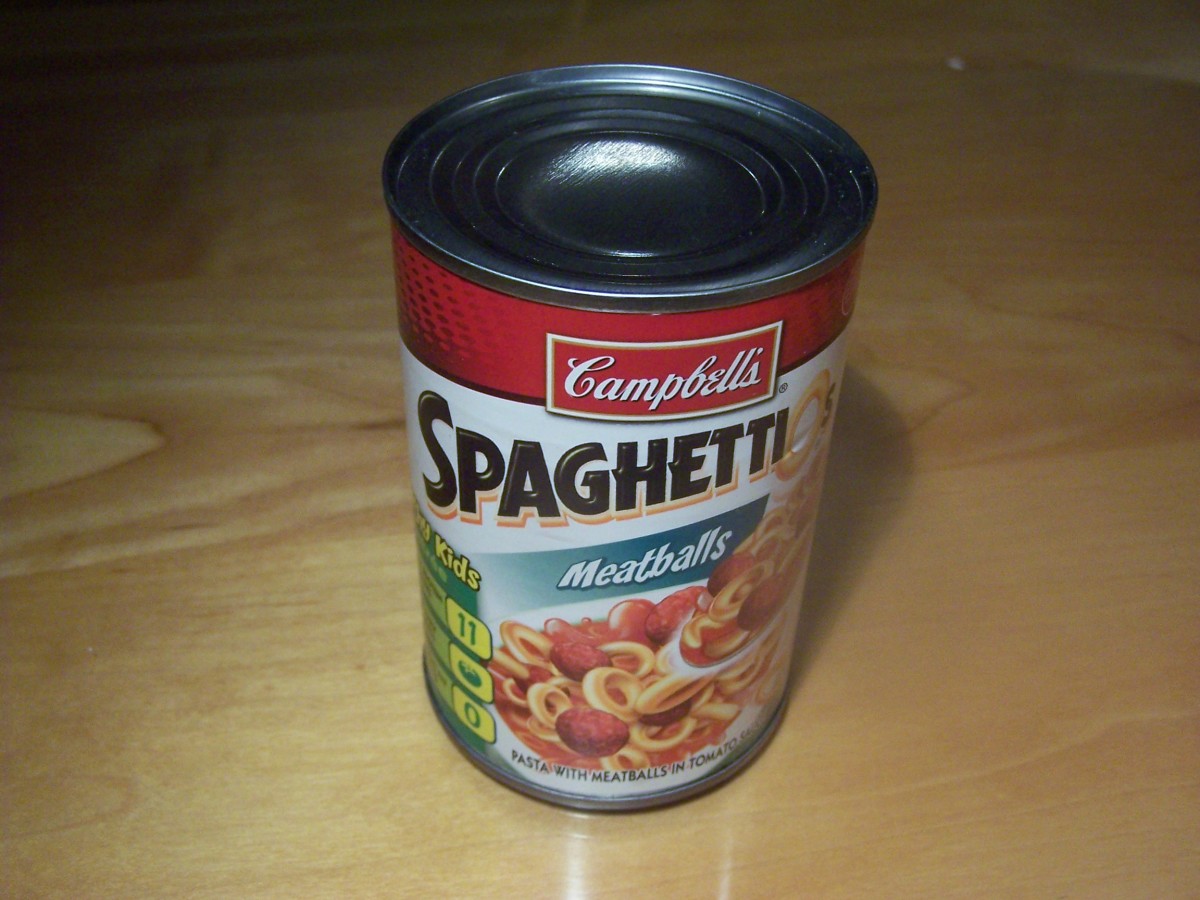Shishapedia - The Heba Diffuser


Shishapedia – The Heba Diffuser
Are you a regular hookah smoker and concerned about your health? Have you stopped smoking hookah pipes because you worry about the toxins in the smoke you inhale? What If I told you a clever $10 accessory could reduce the risks substantially and boost the flavours and taste of the smoke?
Firstly let’s take a look at how a shisha works. Charcoal at the top of the Hookah pipe will heat up the tobacco (or tobacco free molasses) inside the clay head at the top. The layer of foil between the coal and molasses does dampen the heat and allows you to manipulate the heat by adjusting the coals. The molasses will heat and generate smoke which is in essence what you want to smoke. It is flavoured by the sugar glycerines around the molasses and tobacco.
The smoke generated will float down the pipe and come out underwater. The smoke will rise to the surface of the water and then sit inside the chamber until the smoker inhales it through the hose. The most important step here is the water. The smoke coming out underwater and bubbling up to the surface is a form of filtration. If you were to examine smoke under the microscope you would see it is made up of lots of little bubbles. When each bubble is surrounded by water a lot of the toxins from each bubble are washed away. Nicotine is the biggest threat you want to wash away. The water only manages to wash away the toxins on the surface of the smoke bubbles which is around one fifth.
A great accessory is the Heba Diffuser. It slips on the bottom of the shaft of the hookah pipe underwater and does one simple function. It diffuses the smoke bubbles. Basically it breaks down a smoke bubble into many more small bubbles. Now this is advantageous for many reasons. Smaller bubbles means a greater surface area can be filtered by the water, giving you a cleaner and healthier smoke. Using the Heba Diffuser will means that the water will not only filter away around 20% of the toxins, but up to 50%! It also helps with the quality of smoke and the flavour!
The Heba diffuser in is basically a cup with lots of holes in it. If you were to get a plastic cup and make five small holes in the bottom; then pour a litre of milk in the cup from the top what would happen? Imagine how big the flow of milk would be from the carton into the cup and compare that to the flow out of the five small holes! The Heba diffuser works in the same way, it takes all the big bubbles of smoke and pushes them through small holes. The science of how the smoke is broken down in little more technical.
If we assume that the surface area of the smoke bubbles get filtered by the water in the base, it makes logical sense that the higher the surface area of the smoke the more of it will be filtered.
A More technical look
Tobacco smoke particles are traditionally found between 0.01 and 4.0 and microns. Remember a micron is a millionth of a meter! It is claimed that regular smoke from tobacco is around 1.8microns in radius size, and after filtration with a Heba diffuser 0.7microns.
Calculating volume (using 4/3πr³) we can tell that an non-diffused smoke particles have a volume of 24.429μ³ and diffused particles have a volume of 1.437μ³.
This means you are going to get around 17 diffused particles from the one original particle!
We can then work out the surface areas of the original particle, and compare it to the diffused seventeen particles.
With the one non-diffused particle (using the formula 4πr²) we can calculate that the surface area is 40.715μ. With the diffused particles we can calculate that each particle will have a surface area of 6.157μ.
Now what do all these calculations actually mean?
We first worked out that in terms of volume when you break down one smoke particle you will get around seventeen smaller particles. The surface area of the non-diffused particle is 40.715μ and the surface area of the seventeen diffused particles is 104.669μ (17 x 6.157μ).
This means that after the smoke particles have been diffused the surface area is 2.5 times greater! This in turn means the water can filter away two and half times more of the nicotine and other nasty things.
At the end of the day use a Heba Diffuser, it is going to reduce the nasty toxins quite greatly and your smoke will have a better flavour and taste.





